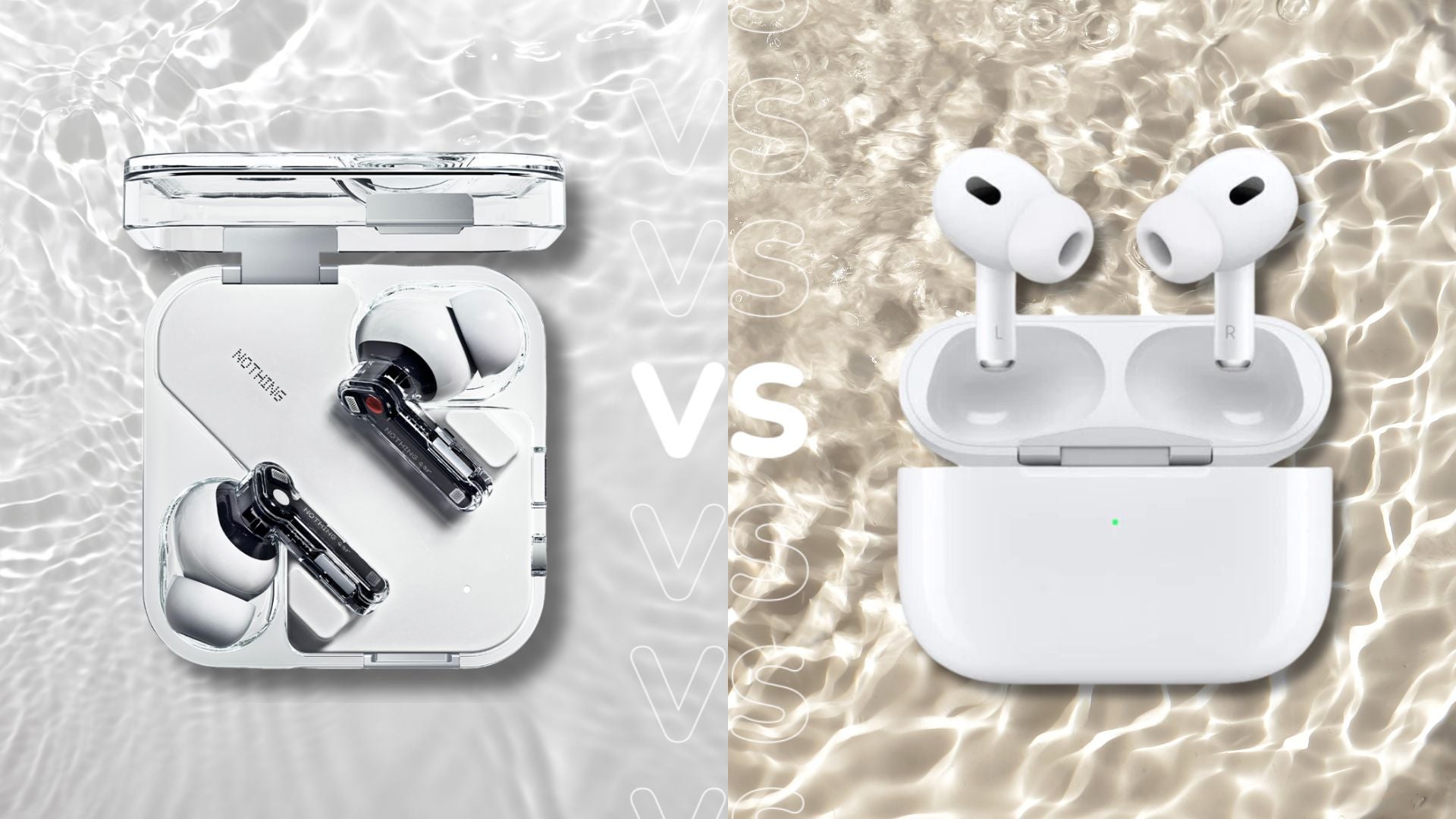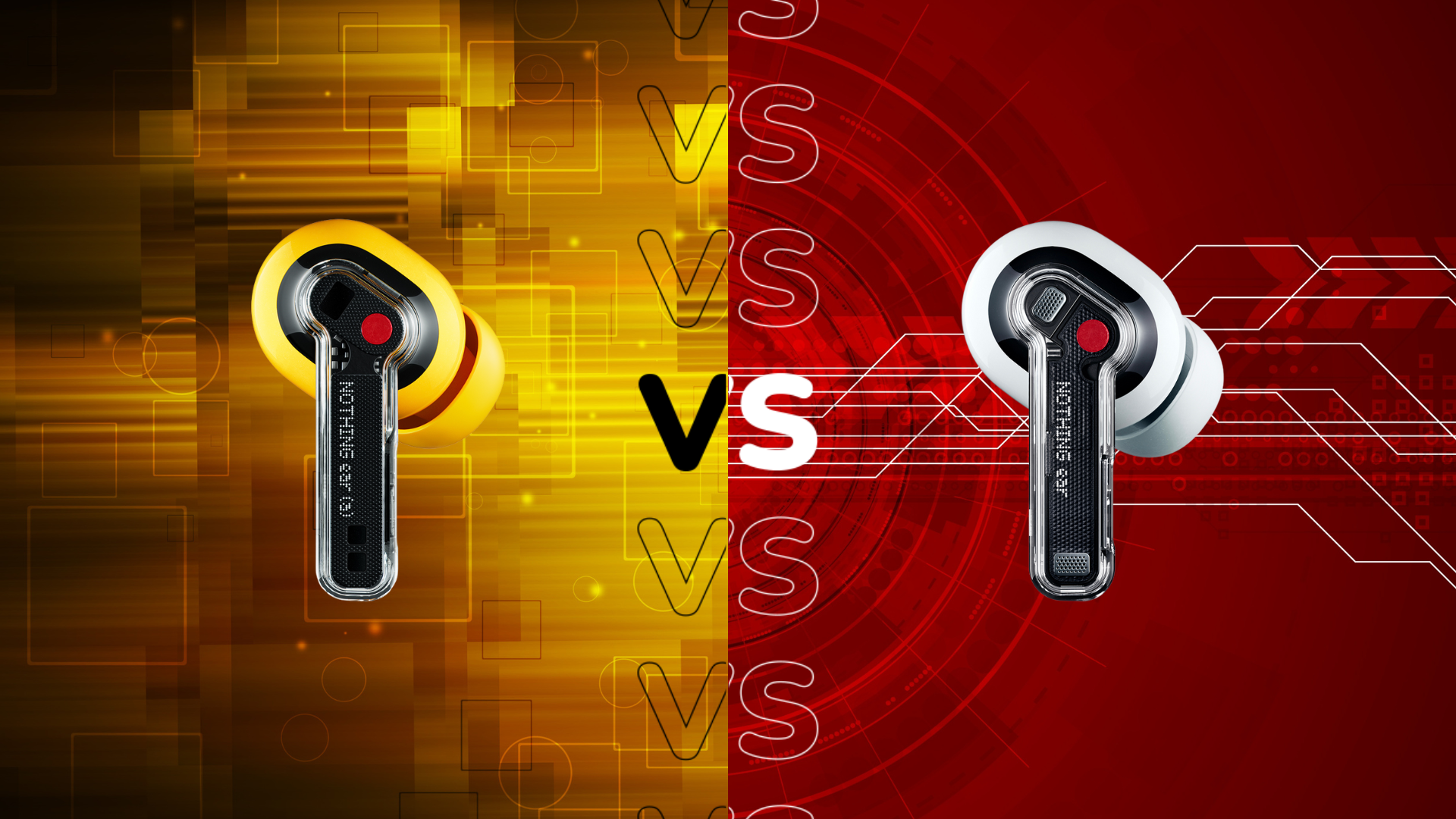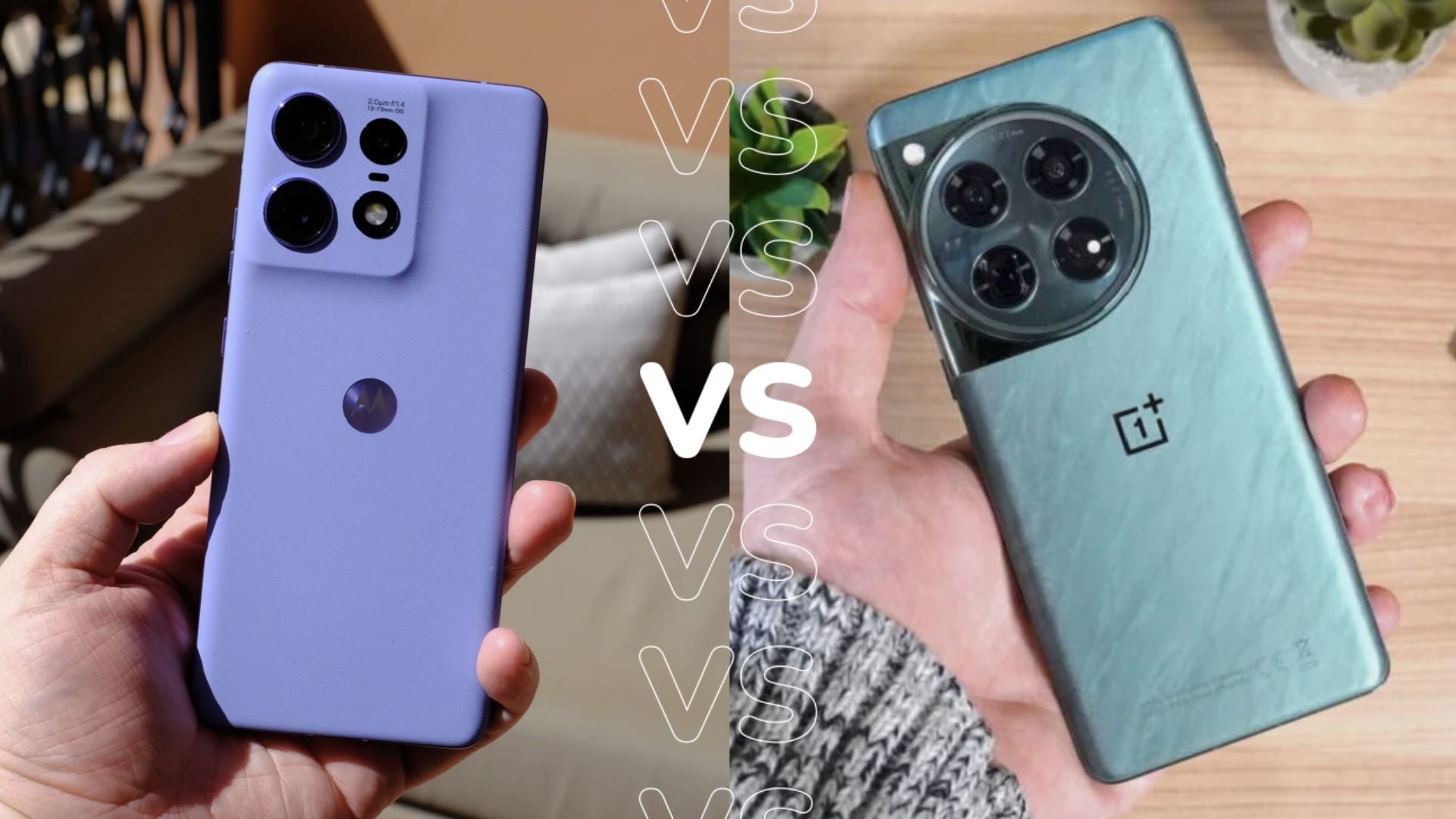Apple M2 vs Apple M1 Max: Which wins out?
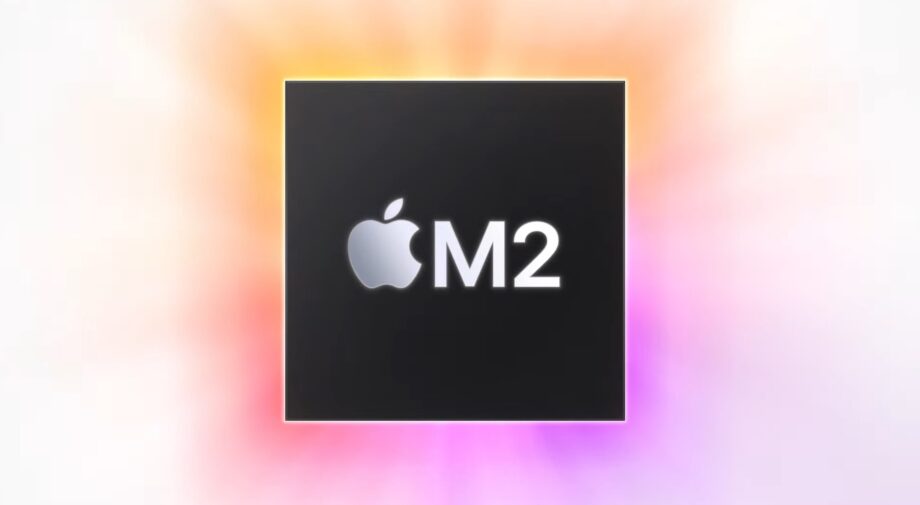
Apple finally launched the M2 chip during WWDC 2022, but how does it stack up against the well-established M1 Max processor?
We haven’t had the chance to test out the latest chip just yet, but we can tell you all about Apple’s specs and performance claims to give you an idea of how it will stack up against the M1 Max.
Keep reading to find out everything you need to know about the M2 chip and the M1 Max, and how they compare.
Release date
The M1 Max is the third chip in the Apple Silicon M1 series, coming in as the second most powerful, only beaten by the M1 Ultra. It can be found in the high-end 14 and 16-inch MacBook Pro, with lower configurations laptops using the M1 Pro chipset, instead.
The M2 was announced at WWDC 2022. It can be found in the new MacBook Air 2022 and the 13-inch MacBook Pro 2022 once they launch in July 2022.
Pricing
Since you cannot purchase either chip individually, the price will depend on what device the chips are housed in. The cheapest laptop that uses the M2 is the 13-inch MacBook Pro 2022, which has a starting price of $1299/£1349.
Meanwhile, the cheapest option for the M1 Max costs $2899/£2799 and can be found in the 14-inch MacBook Pro 2021.
Specs
The M1 Max chip is built on first-generation Apple Silicon architecture, using a 5nm process from TSMC and featuring 57 billion transistors. It has 70% more transistors than the M1 Pro chip, although it is again outpaced by the M1 Ultra, which includes a staggering 114 billion transistors.
The M2 chip has been built on second-generation Apple Silicon that does use a similar 5nm process from TSMC. However, Apple has managed to add another additional 4 billion transistors when compared to the standard M1 processor.
| Apple M2 | Apple M1 Max | |
| Process node | 5nm | 5nm |
| Transistors | 20 billion | 57 billion |
| CPU Cores | 8 | 10 |
| GPU Cores | 10 | 32 |
As you can see from the table above, despite being the second-generation model, the M2 chip has far fewer transistors than the M1 Max, with a 37 billion transistor difference. Since the number of transistors correlates to better performance, it looks like the M1 Max is more powerful than the M2, despite its new architecture.
The M1 Max also packs a lot more cores, with the chip packing 10 CPU cores and 32 GPU cores, compared to the Apple M2’s 8 CPU cores and 10 GPU cores.
The higher CPU and GPU core count on the Max suggests that it will be faster processor, especially when it comes to intensive graphical work, making it the better choice for media professionals. We will make sure to test these claims when we get the new laptops in for testing.
Performance
At the time of writing, we have not tested out the M2 chip, so we can’t make any concrete comments on its performance. However, Apple has helpfully provided us with some of its own benchmarks, which gives us an idea of how powerful it is compared to the M1 Max.
It’s important to note that Apple has not directly compared the two chips, though we can gauge the difference with the benchmarks provided for the M2 and our tests on the M1 Max.
We know that the M1 Max’s GPU is 400% faster than that of the standard M1 processor. In comparison, the M2 chip is only 35% faster for graphics performance.
Apple is less clear about the CPU performance difference between the M1 and M1 Max, but we know the latter is signifantly more powerful since the more affordable M1 Pro sees a 70% performance advantage over the M1. Apple claims the M2 is only 18% faster than M1 for processing power.
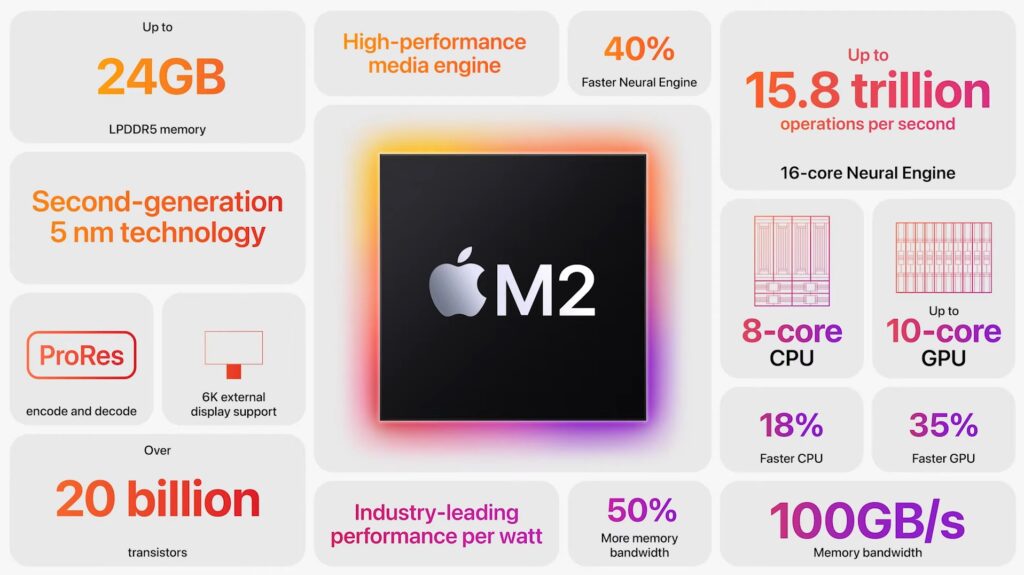
That means that while the M2 chip may be more powerful than the standard M1 chip, it does not come close to being as powerful as the M1 Max. This is not surprising, since the M2 chip has been designed for entry-level devices, while M1 Max is intended for laptops with a professional-grade performance such as the MacBook Pro.
Make sure to check back in with Trusted Reviews as we will be updating this article once we know more about the M2 chip and when we have our own benchmarks in. Make sure to bookmark this page to find out more, and check out our article on how the M2 chip stacks up against the M1 Ultra chip.



